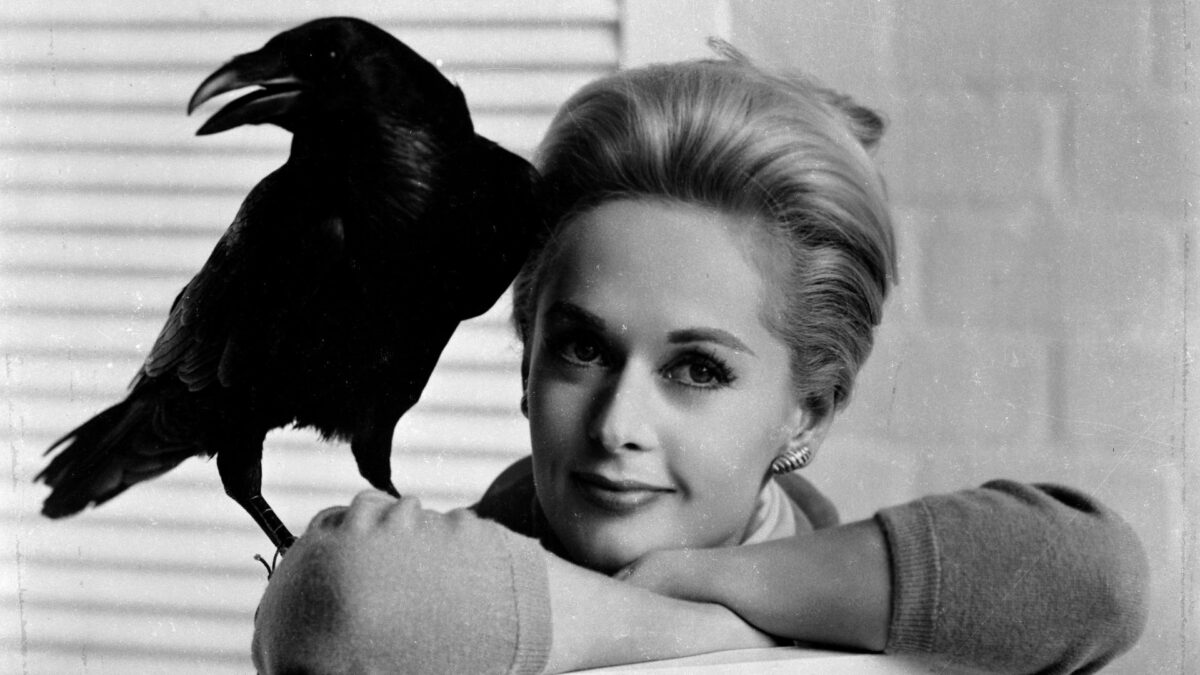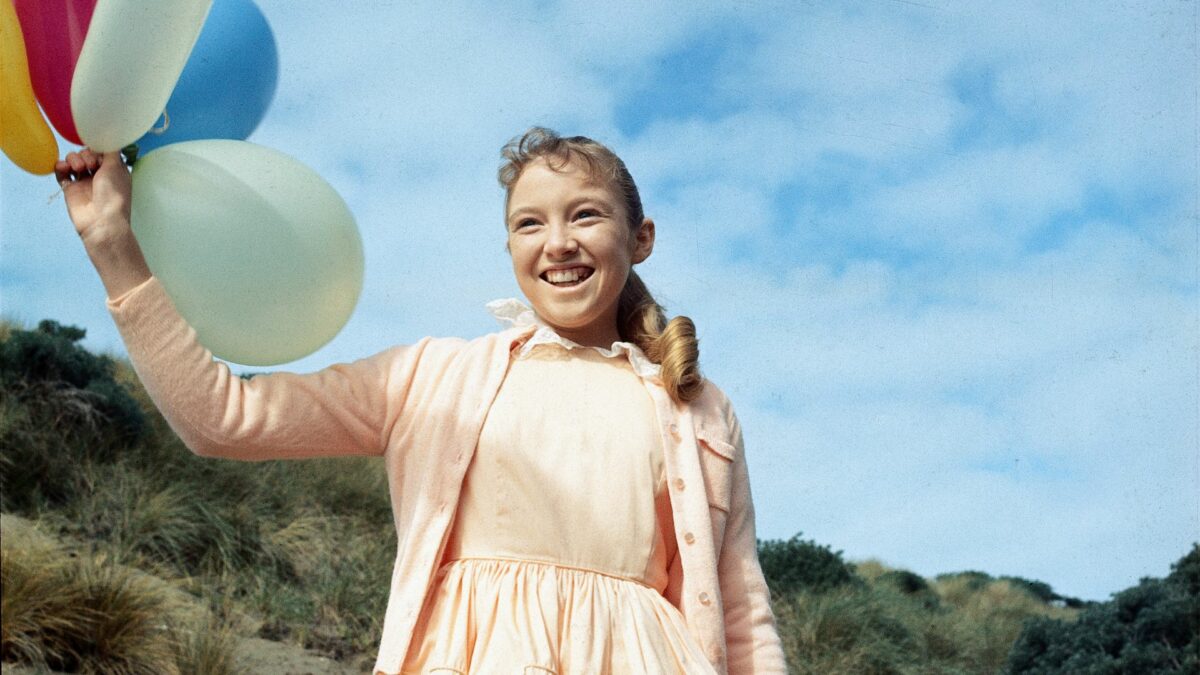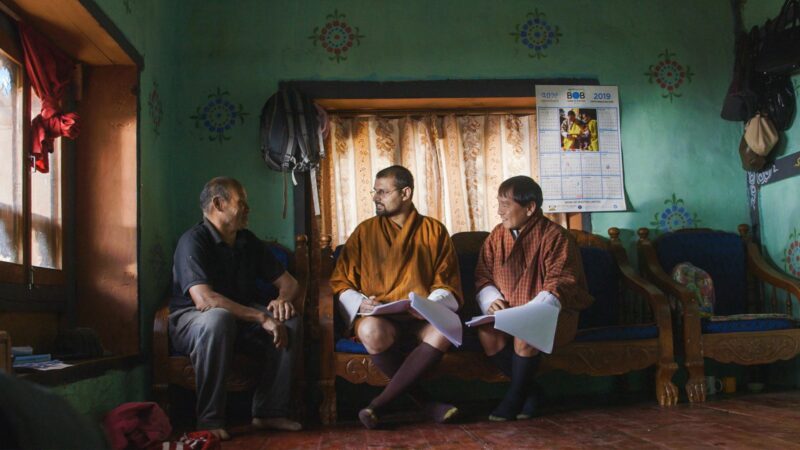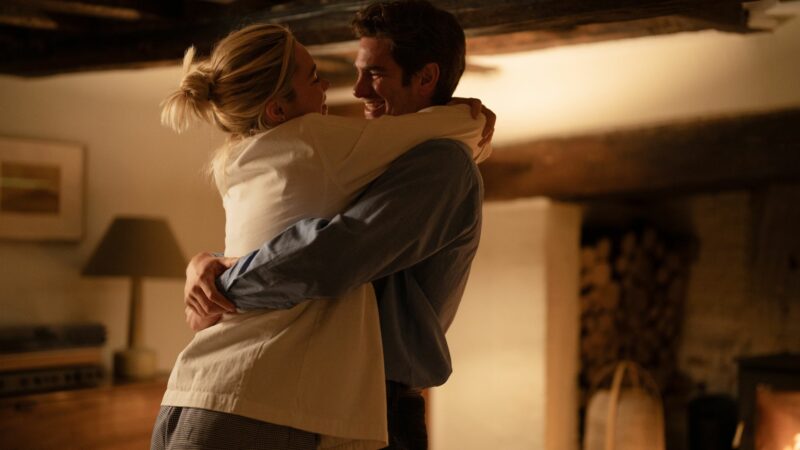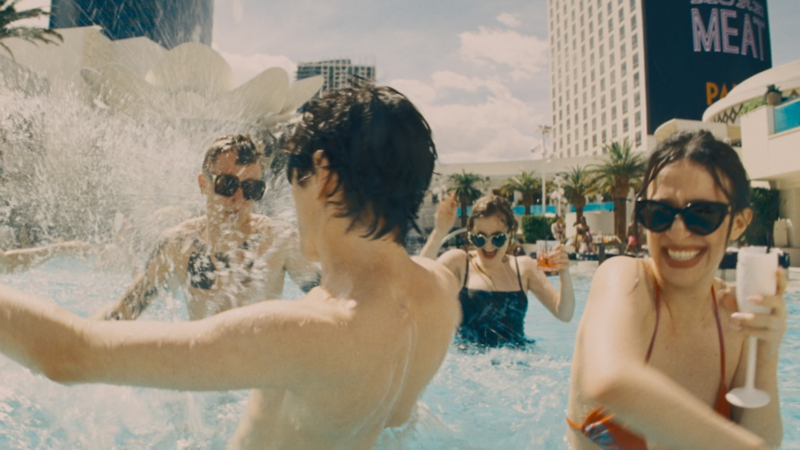Ptaki
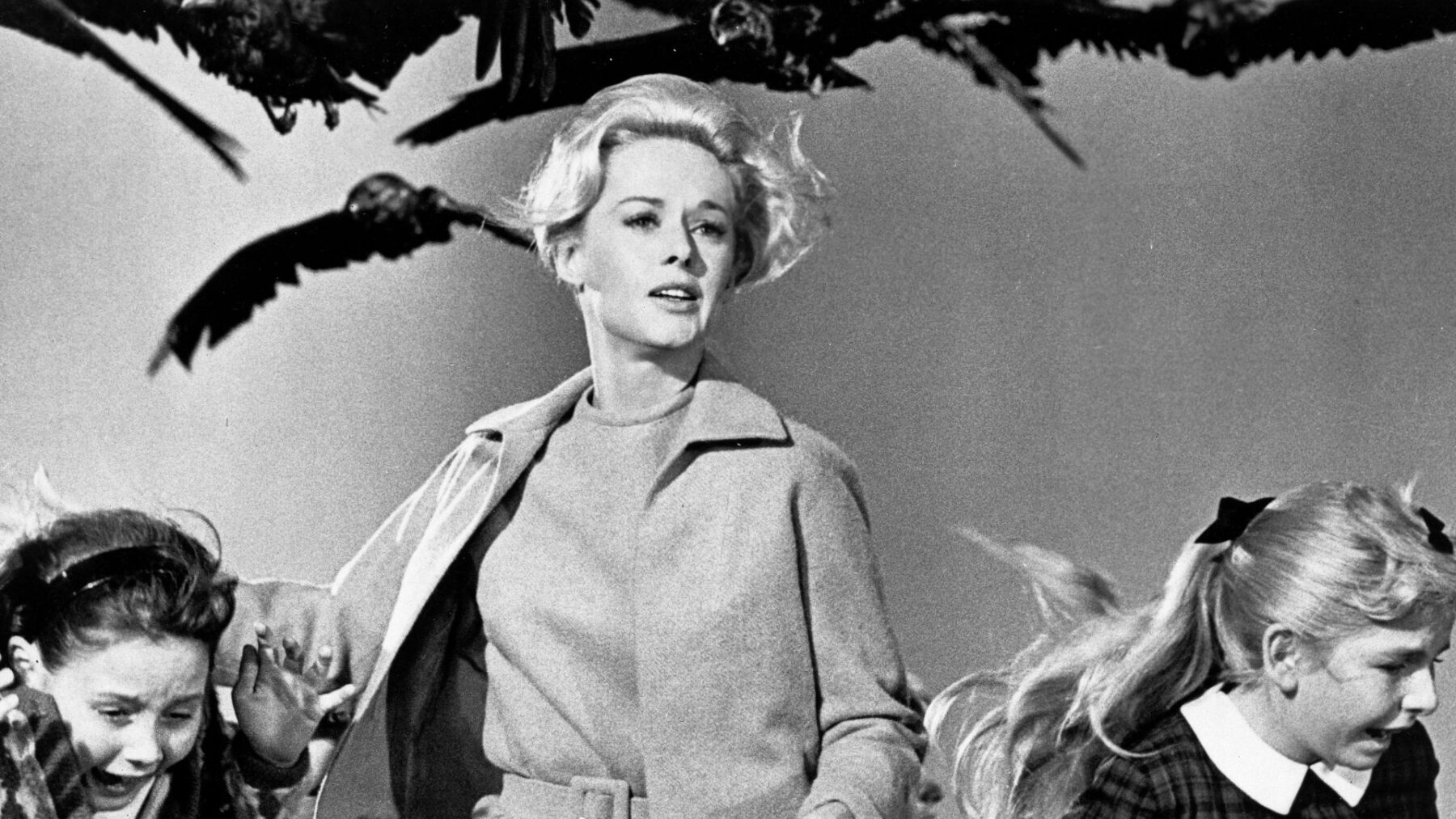
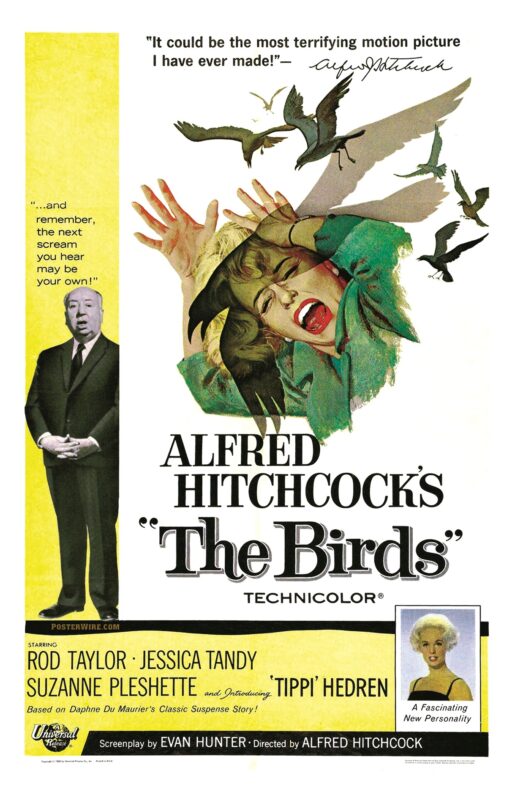
„Moim najlepszym sposobem na radzenie sobie z jakimś lękiem jest nakręcenie filmu o nim”, wyznał mistrz suspensu. Ten kultowy tytuł – przewrotnie – zaszczepił jednak w wielu widzach fobię przed skrzydlatymi stworzeniami. Rozsmakowujący się w czarnym humorze Alfred Hitchcock zapewne miał z tego powodu beztroską satysfakcję.
Melanie Daniels przybywa do nadmorskiego miasteczka Bodega Bay, gotowa zawalczyć o uczucia intrygującego nieznajomego, którego spotkała wcześniej w sklepie zoologicznym w San Francisco. Co może stanąć na przeszkodzie zdeterminowanej w uwodzicielskiej walce kobiecie? Jest tego sporo: zazdrosna o syna matka „kastrująca”, dawna ukochana Mitcha, małomiasteczkowa mentalność. Wszystko traci jednak znaczenie w obliczu nagłej manifestacji sił natury symbolizowanych przez atakujące ptaki. Idylliczna, wakacyjna sceneria ustępuje miejsca śmiercionośnej inwazji. Natarciu towarzyszy pogłębiona psychologia bohaterów wykreowanych przez gwiazdorską obsadę: charyzmatyczną Tippi Hedren, Roda Taylora i nestorkę aktorstwa Jessicę Tandy.
Poszczególne sekwencje na długi czas zapadają w pamięć kinomanów – od zbliżenia na ofiarę z wydziobanymi oczami przez ucieczkę dzieci ze szkoły do kulminacji suspensu w scenie, w której za plecami nieświadomej Melanie gromadzą się agresywne ptaki. Odczytania dzieła sięgają apokaliptycznej wizji świata, freudowskiego Kompleksu Edypa, totalitarnych kontekstów, a w końcu zakorzenionej w patriarchalnej kulturze zemsty na niezależnej i świadomej swych atutów kobiecie, która przez dłuższy czas żyła niczym kanarek „w złotej klatce”.
Hitchcockowski ptak staje się symbolem ludzkiego gniewu, frustracji i lęków, ale przybiera też proekologiczną wymowę, ukazując odwet natury za niszczycielską działalność ludzkości. Obraz na motywach opowiadania Daphne du Maurier był jednym z pierwszych przedstawicieli nurtu w kinie katastroficznym ukazujących zagrożenie dla człowieka ze strony niebezpiecznych zwierząt, co wybrzmiało później w SZCZĘKACH Stevena Spielberga czy ROJU Irwina Allena.
Paula Apanowicz
EN
‘The only way to get rid of my fears is to make films about them‘, confessed the master of suspense. The iconic title – ironically – implanted a phobia of winged creatures in many viewers. Alfred Hitchcock, who savoured black humour, must have had a carefree satisfaction from this.
Melanie Daniels arrives in the seaside town of Bodega Bay, ready to wrestle for the affections of an intriguing stranger she met earlier in a San Francisco pet shop. What could stand in the way of a woman determined to seduce? There’s plenty: a ‘castrating‘ mother jealous of her son, Mitch’s former sweetheart, and a small-town mentality. Everything loses its meaning, however, in the face of a sudden manifestation of the forces of nature symbolised by attacking birds. The idyllic holiday scenery gives way to a deadly invasion. The attack is followed by the in-depth psychological portrait of the characters created by an all-star cast: the charismatic Tippi Hedren, Rod Taylor, and the doyenne of acting Jessica Tandy.
Individual sequences are memorable for cinemagoers – from the close-up of the victim with pecked-out eyes through the children’s escape from school to the suspenseful climax where aggressive birds gather behind the unaware Melanie.
Interpretations of the work reach apocalyptic visions of the world, the Freudian Oedipus complex, totalitarian contexts, and revenge, rooted in a patriarchal culture, on an independent and self-aware woman who has long lived like a canary in a golden cage.
Hitchcock’s film depicts birds as a symbol of human anger, frustration, and fear, while also conveying an ecological message about nature’s response to mankind’s destructive actions. Based on a short story by Daphne du Maurier, this movie was one of the first to showcase the theme of humans facing threats from dangerous animals, a concept later seen in Steven Spielberg’s JAWS and Irwin Allen’s ROY.
